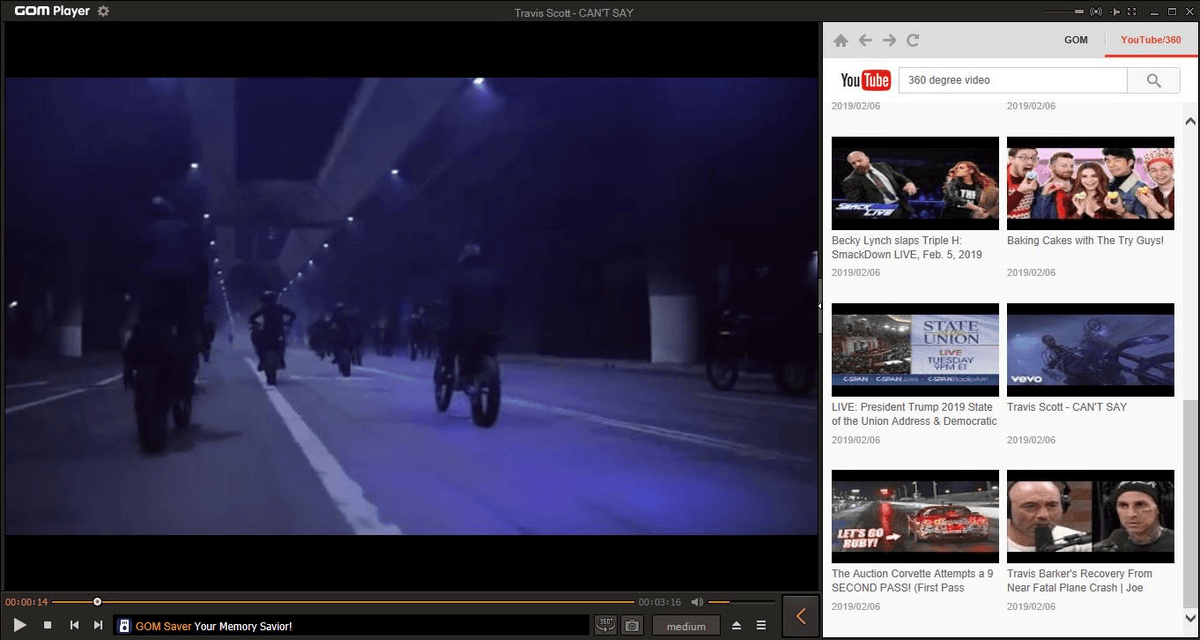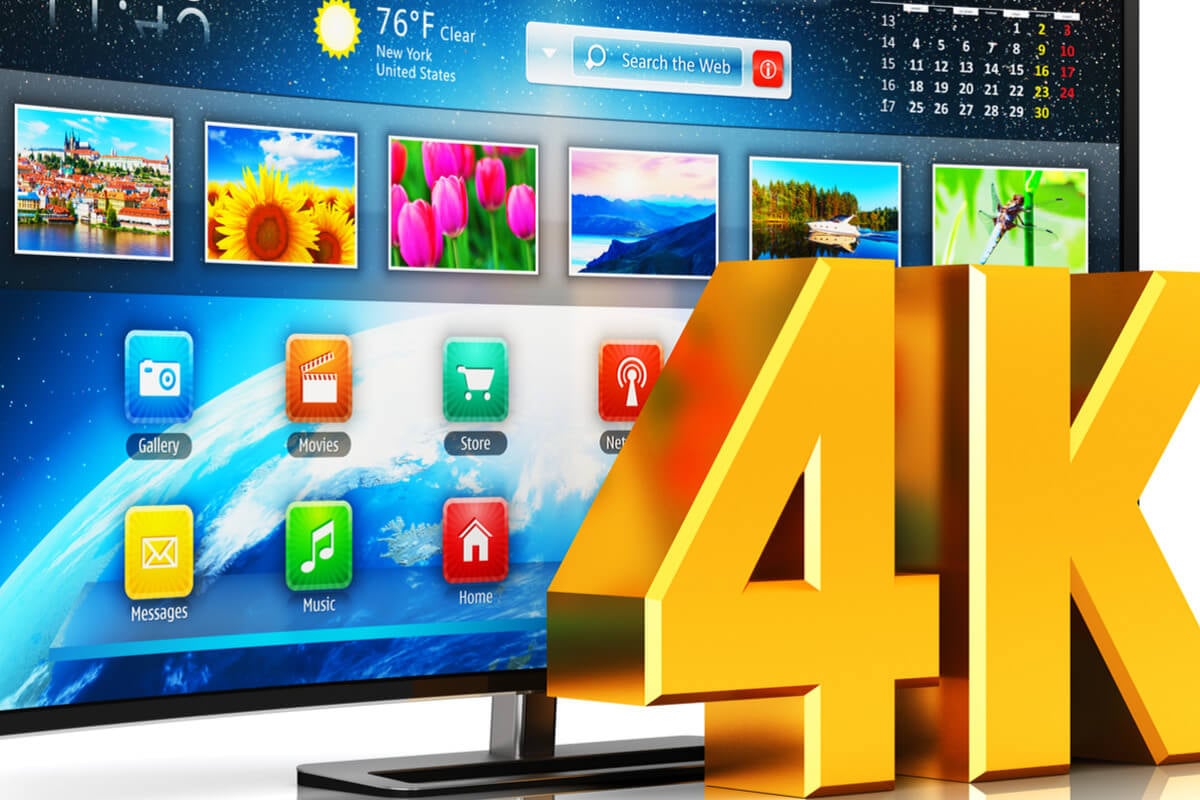

It is available as a paid app through Microsoft Store, although it is distributed at no charge to those who had upgraded from an installation of Windows 7 or Windows 8 that included Windows Media Center. However, if the disc is switched, the app needs to restart. It can also be picked as an option in the AutoPlay dialog when a disc is inserted. When launched, it searches for movie files in the disc drive. Windows DVD Player was made available for Windows 10 on desktop computers to provide DVD playback functionality. On Windows 8, Windows Media Center and DVD playback support were relegated to a premium add-on for Windows 8 Pro, citing the costs of licensing the decoders and the market moving away from DVD-Video.

While the DVDPlay executable still resides in %Windir%\system32, it simply executes Windows Media Player. ĭVD Player was dropped in Windows XP in favor of the DVD functionality introduced into Windows Media Player. In Windows ME, DVD Player supports software-based MPEG decoders. In Windows, It also allows you to find codecs, play damaged files or a file being downloaded. In Windows 98 and Windows 2000, DVD Player only plays DVDs if a hardware-based MPEG decoder is present. It supports various file formats including AVI, MP4, MKV, FLV, WMV, MOV, etc. If this folder exists on a drive that comes before the DVD drive, the player will try to play the data in the first folder it finds.

When this folder is located, the data file within it is loaded, and video streaming begins. When the DVD Player is launched, it searches all local drives in alphabetical order from C:, looking for a Video_TS folder.


 0 kommentar(er)
0 kommentar(er)
